Avro Lancaster at RIAT 2002
|
The Avro Lancaster was developed from the Avro Manchester, a two-engined bomber which was clearly underpowered and which suffered from problems with its Rolls Royce Vulture engines. In fact the first Lancaster was a Manchester modified to take four Rolls Royce Merlin engines and designated "Manchester Mk III". It flew for the first time on January 9 of 1941 and was soon redesignated "Lancaster Mk I". |
 |
|
The Lancaster was clearly no slug, and after the 200th Manchester had been completed the Lancaster replaced it on the production lines. |
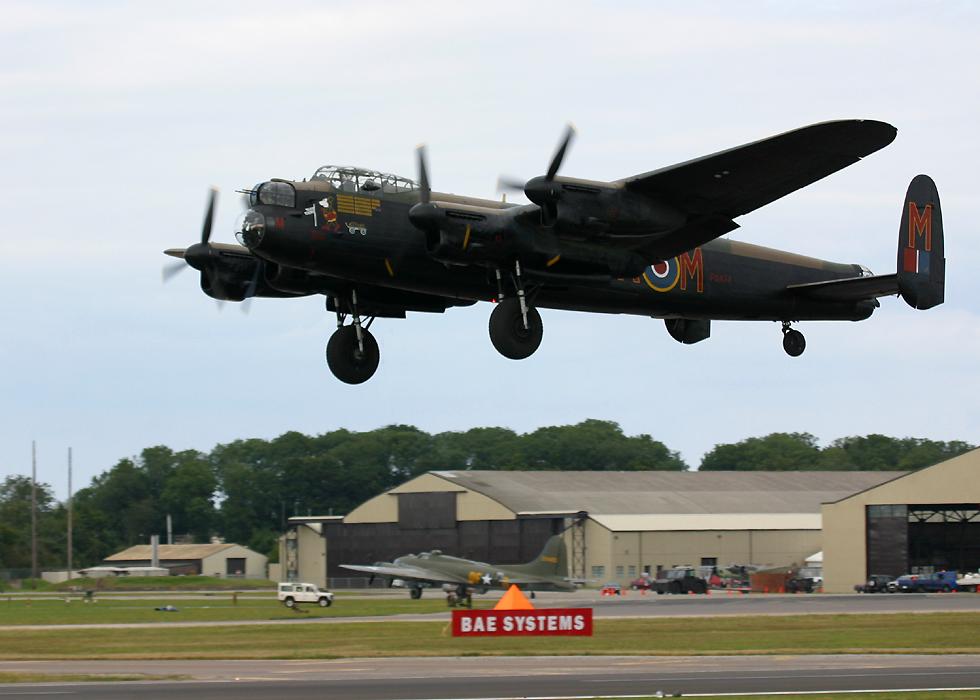 |
|
Here you can see the main gear doors on the inboard engine cowlings being closed. |
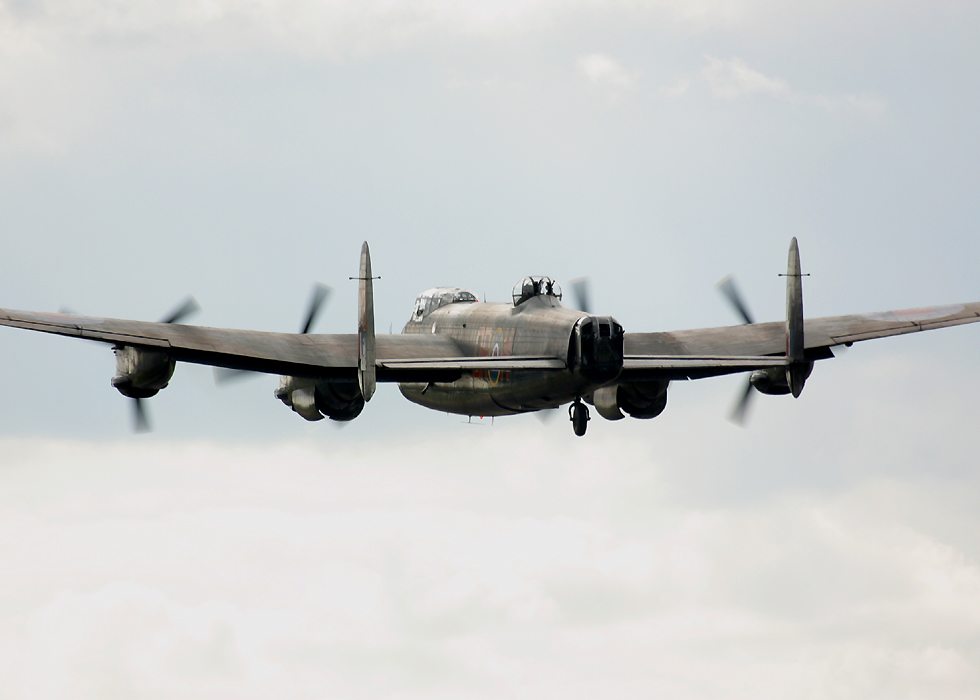 |
|
This aircraft is one of only two Lancasters in the world which still fly, the other being a Canadian Lancaster which suffered a taxying accident in 2002. |
 |
|
Here is a good view of all the gun turrets. Initially there was also a gun position in the belly, but it was eliminated in later models. |
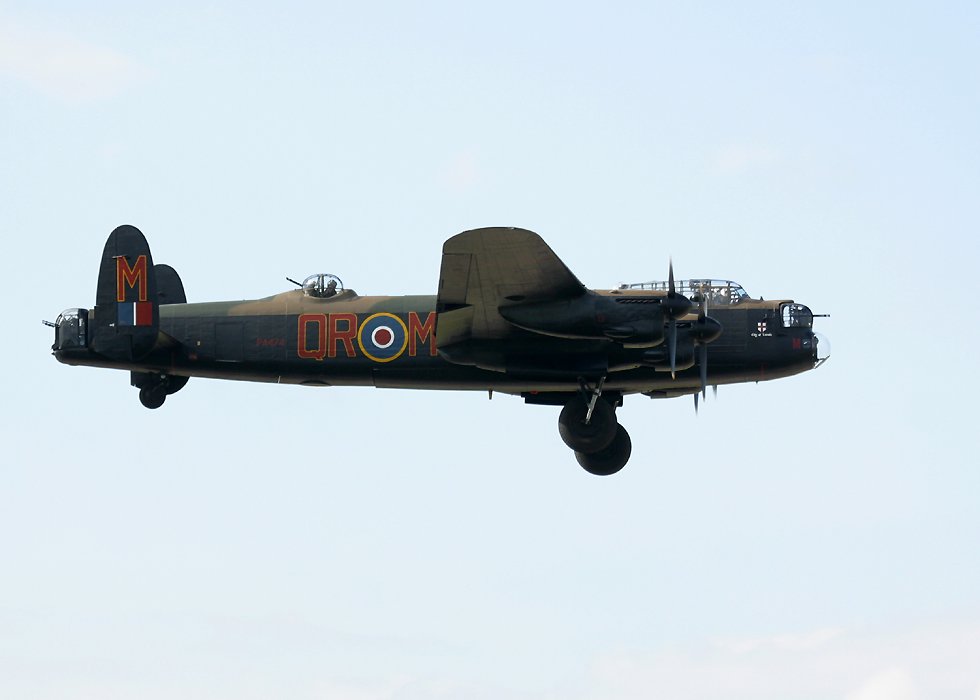 |
|
The Lancaster is an historically important plane, and one which I've been interested in for many years, but I can't say that I consider it beautiful - perhaps it's the curved belly which makes it seem a little ugly. |
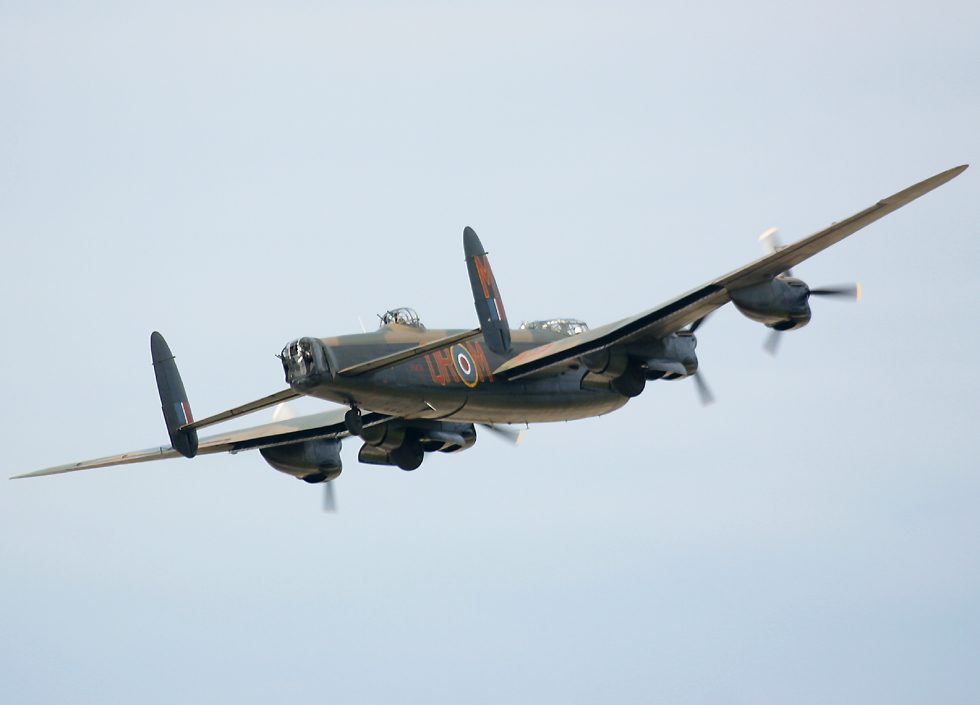 |
|
The nose and cockpit canopy don't help a lot, either! Still, it is a magnificent sight when viewed from a good angle. |
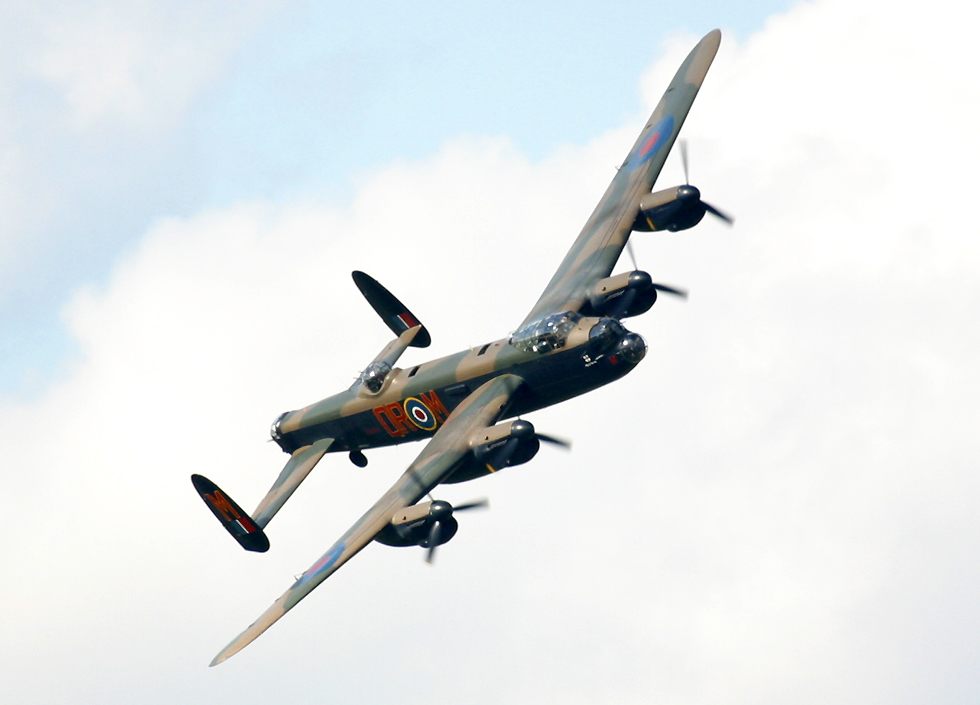
|
|
The Lancaster Mark I was able to carry 8,000 lbs (3630 kg) of bombs, compared to the 4,000 lbs of the B-17E Flying Fortress. |
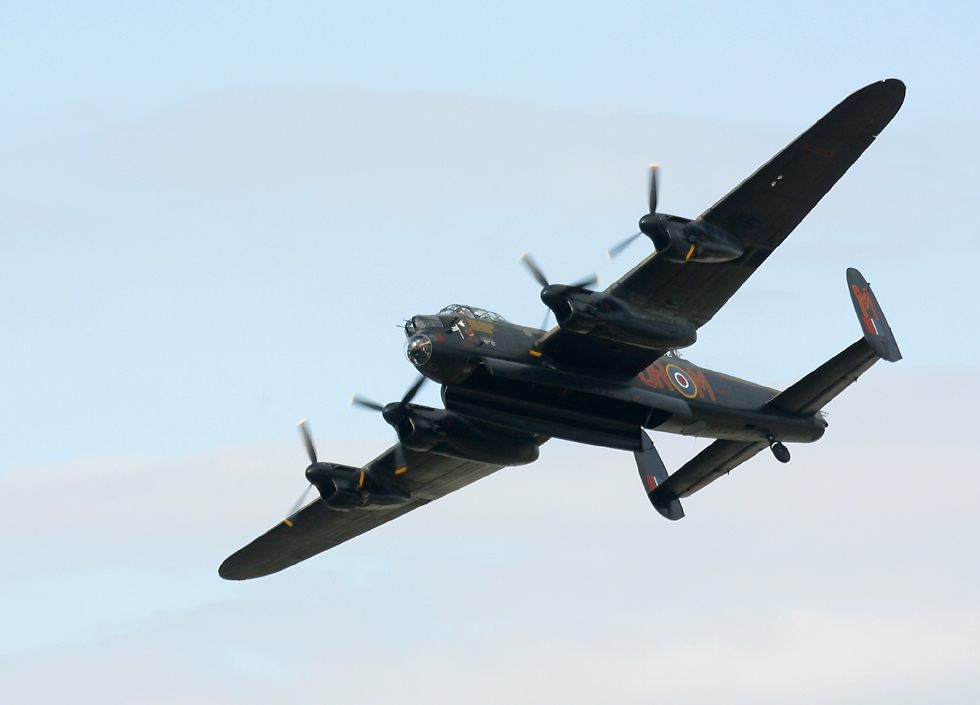
|
|
The B-17G was eventually able to carry 9,600 lbs of bombs, but by this time Lancasters were able to haul the 12,000 lb Tall Boy which was used to sink the German battleship Tirpitz and even the 22,000 lb Grand Slam "earthquake bomb" which was dropped on German submarine pens. |
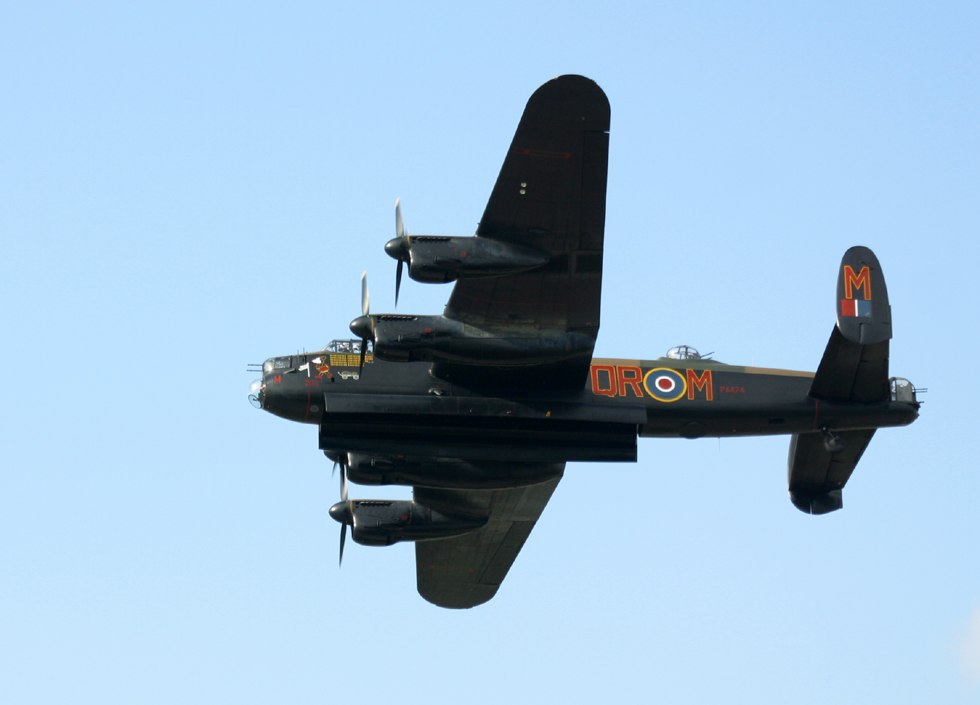 |
|
Both of these bombs were design by Barnes Wallis, who was also responsible for another bomb made famous by the Lancaster - the 9,250 lb "bouncing bomb" used to destroy German dams in the Ruhr valley. |
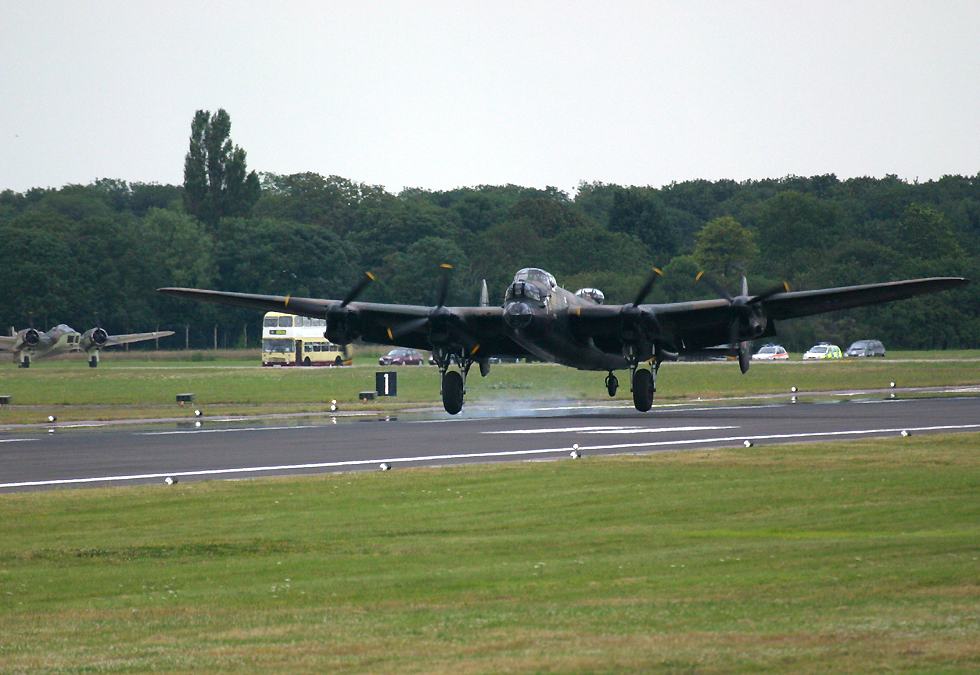 |